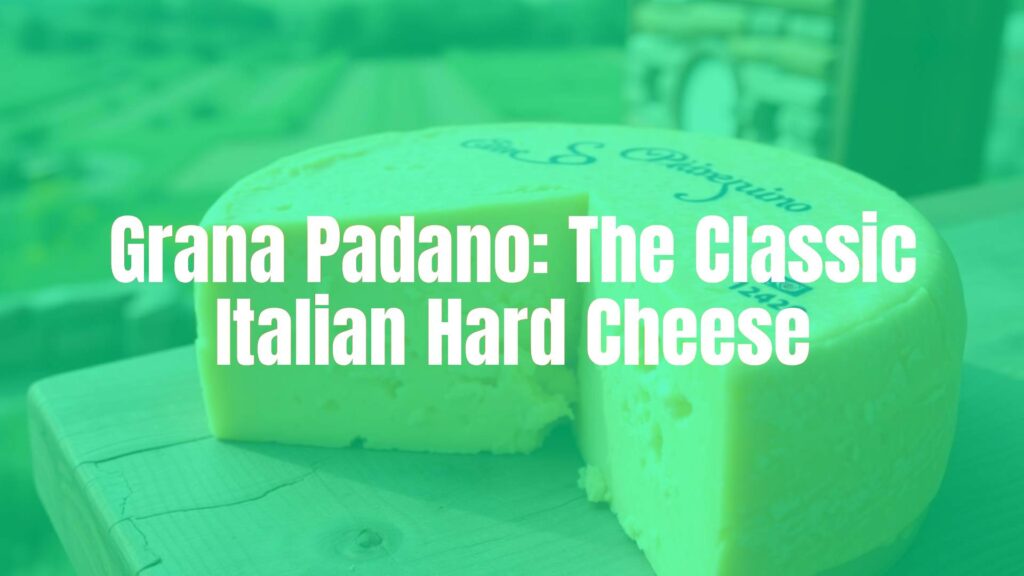Understanding Grana Padano: Italy’s Heritage Cheese
Grana Padano is one of Italy’s most celebrated hard cheeses, known for its granular texture, nutty flavor profile, and remarkable versatility. Produced mainly in the fertile Po River Valley regions of Northern Italy, this cheese is often compared to Parmigiano Reggiano, yet stands out due to its unique characteristics and centuries-old traditions.
Key Characteristics and Flavor Profile
Distinctive for its crumbly, yet firm consistency, Grana Padano matures over a range of 9 to over 24 months. Younger varieties possess delicate buttery notes, while more mature wheels develop a deeper, savory flavor with hints of dried fruit and a pronounced grainy feel—the term “grana” actually refers to this signature texture. The cheese is pale yellow in color and typically shaped in large, thick wheels with a natural, hard rind.
A Historical Overview
The origins of Grana Padano date back to the 12th century, made initially by Cistercian monks as a method of preserving surplus milk. Its long shelf life and rich nutritional value soon made it a staple throughout Lombardy, Emilia-Romagna, and Veneto. The cheese’s production is safeguarded by a Protected Designation of Origin (PDO) status since 1996, ensuring each wheel follows strict traditional methods and regional specifications.
Production Insights
Grana Padano is crafted from partially skimmed cow’s milk. After coagulation and cooking, the curds are pressed and shaped, then immersed in brine before being aged in temperature-controlled storerooms. Throughout its aging, wheels are regularly inspected, cleaned, and turned, fostering the consistent development of flavor and texture that lovers of Grana Padano cherish.
Traditional Uses and Cultural Role
Highly valued across Italian tables, Grana Padano is enjoyed in a variety of ways. Thin shavings can elevate salads, risottos, and carpaccios, while generous grating brings a savory finish to pasta dishes and minestrone soup. In its region of origin, eating chunks of aged Grana Padano as an aperitivo, paired with pears or grapes and a drizzle of honey, is a cherished tradition.
Pairings and Serving Tips
Best enjoyed at room temperature, Grana Padano is a versatile companion for both red and white wines, with classic pairings including medium-bodied reds like Barbera or sparkling Franciacorta. It pairs equally well with beers and even certain desserts featuring nuts and dried fruit. For optimal enjoyment, cut the cheese using a traditional almond-shaped knife to preserve its natural crumbly character.
Varieties and Regional Distinctions
Grana Padano PDO is available in three primary aging stages: “Grana Padano” (aged 9–16 months), “Grana Padano oltre 16 mesi” (beyond 16 months), and “Grana Padano Riserva” (over 20 months). Each stage offers nuanced shifts in taste and texture—milder and milky when young, complex and deeply savory with extended aging.
Legacy and Continuing Importance
With its deep roots in northern Italian agricultural life, Grana Padano endures as an emblem of shared culinary heritage and artisanal skill. It is celebrated not only as a luxurious treat, but also as an everyday ingredient that brings authenticity and flavor to both rustic and refined dishes.

